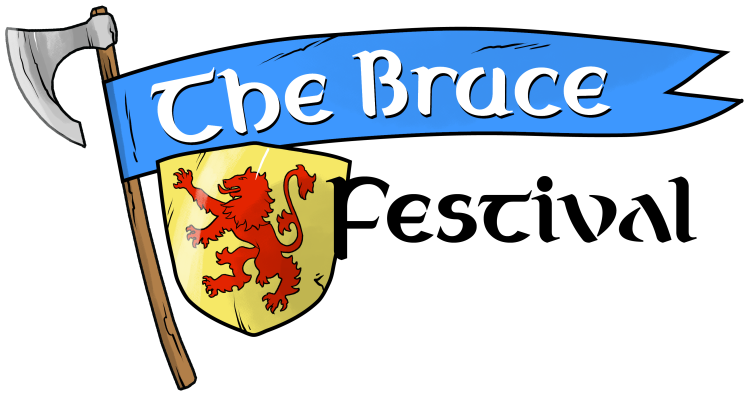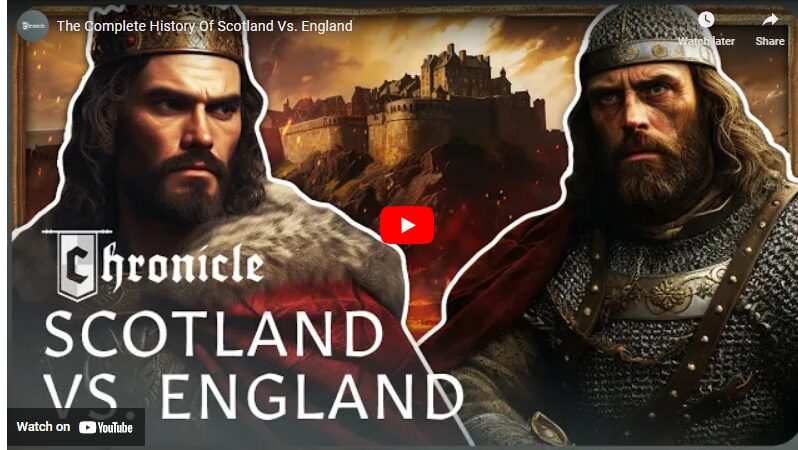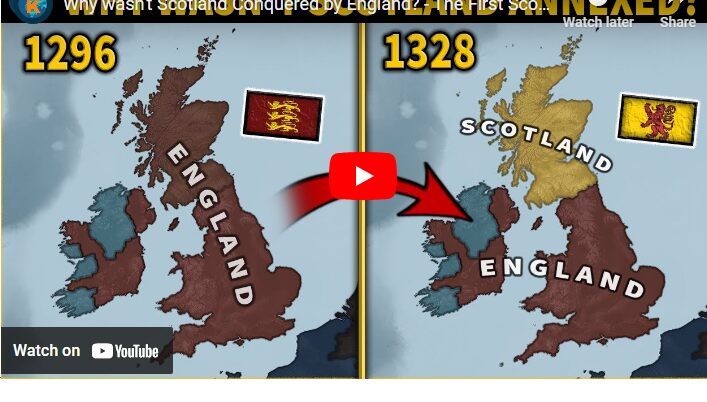
History of Scotland – Documentary
In this video, we discuss the fascinating history of Scotland, from its earliest beginnings on.
Donate to the Festival
Any and all donations that you make are greatly appreciated and help us continue our efforts in bringing you a great event along with a website full of information about Robert the Bruce & Scottish/Irish Heritage.


